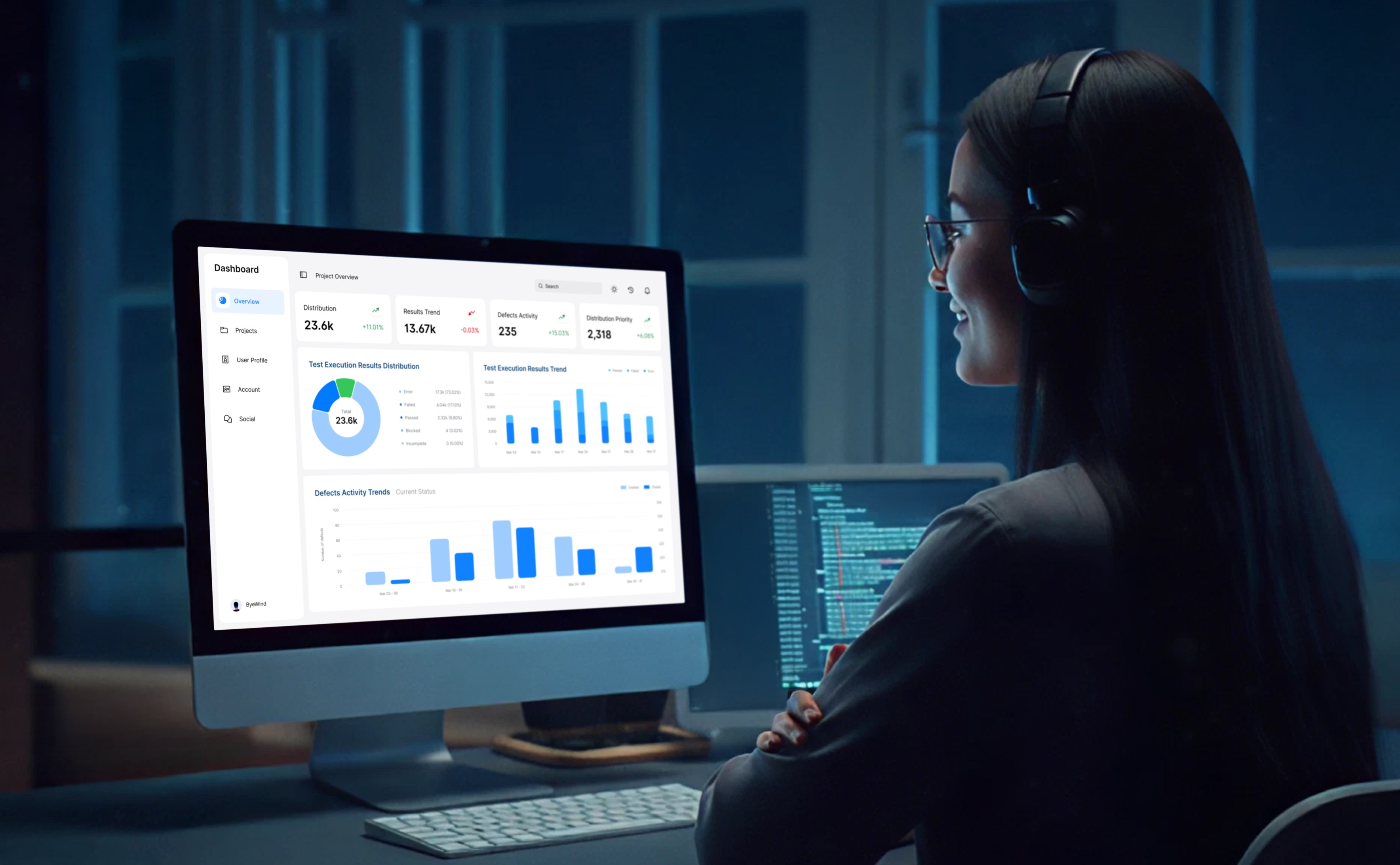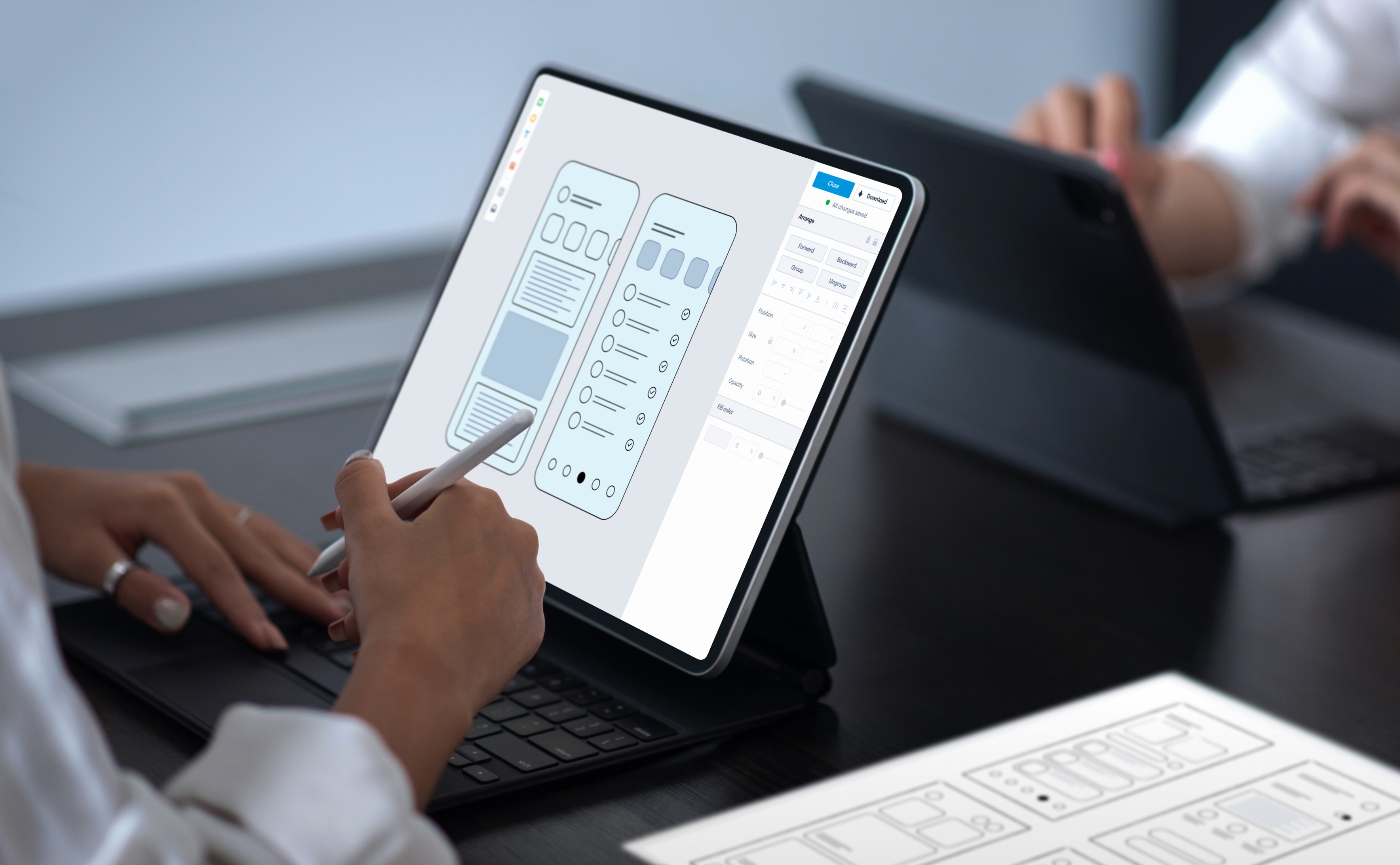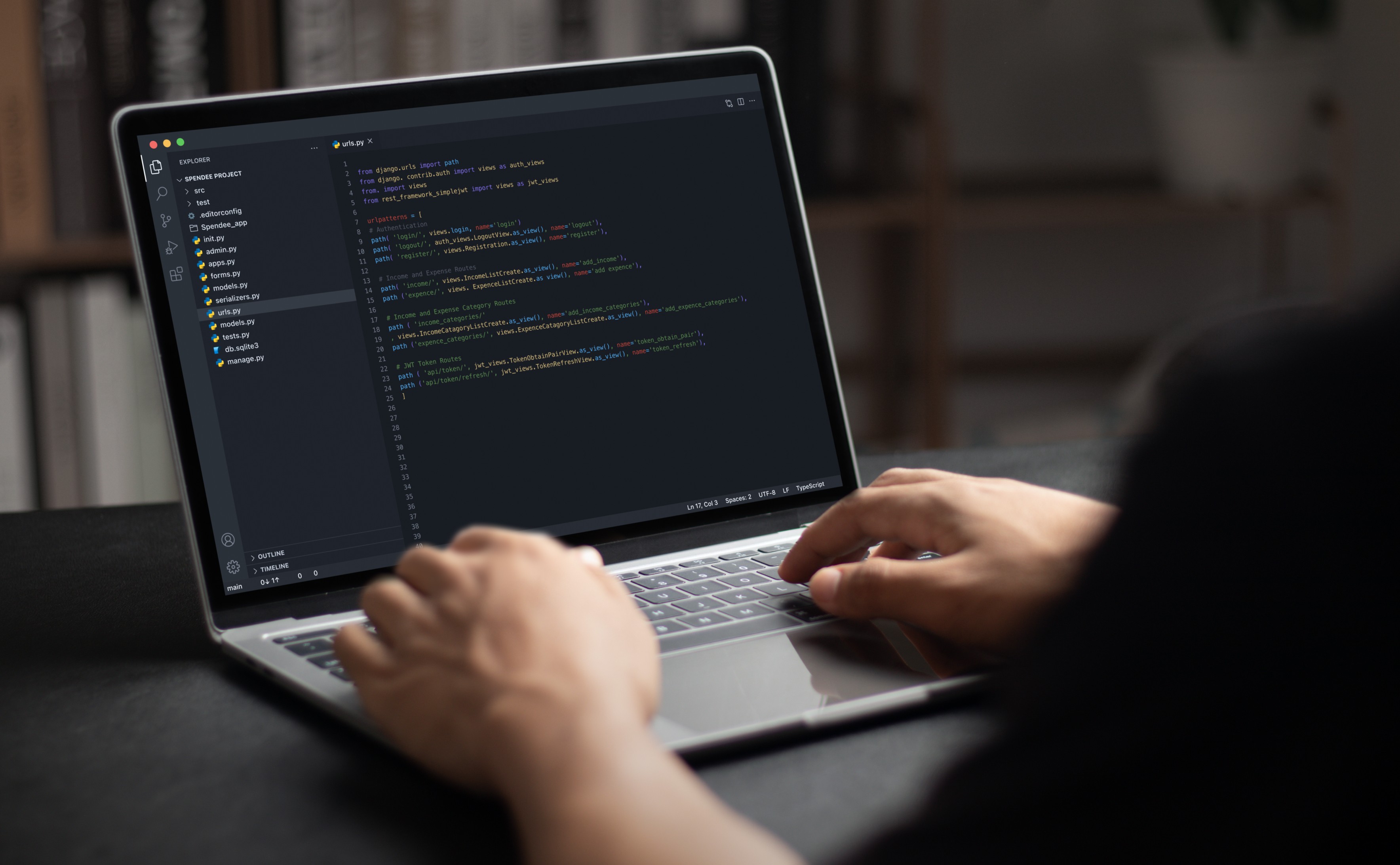BOPIS in Ecommerce: Everything Omnichannel Retailers Need to Know in 2025

Retailers are on their journey towards adopting modern models to exceed customer expectations. With the advent of BOPIS, i.e.; Buy Online, Pick-up In Store, retailers could find the best way to drive in-store shopping traffic and combine their online and offline experiences.
BOPIS lets retailers blend in-store and online experiences to invoke customer engagement and offer novel ways of convenient shopping. The option is sometimes called ‘click-and-collect’, which took its surge during the COVID-19 pandemic and showed no signs of slowing down even after the pandemic concluded.
According to Statista, BOPIS retail sales are expected to move from 132 million USD in 2024 to over 150 million USD by 2025. Rather than becoming a one-time occurrence, BOPIS has been an essential part of the industry and can be leveraged throughout the year including holidays — doesn’t that sound interesting?
As retailers largely integrate BOPIS into their omnichannel retail strategy, it is necessary to understand what BOPIS is and why customers highly demand it. Let’s get into the concept of BOPIS in e-commerce and everything omnichannel retailers should know about it in detail.
What is BOPIS?
BOPIS is a business model that helps shoppers buy and place orders online, followed by picking up the purchases from the brick-and-mortar store, usually within the same day. BOPIS is a segment of the larger multichannel purchase trend, which lets customers combine online, in-store, and mobile channels for purchases.
BOPIS lets customers combine the convenience of online shopping with security and speed alongside the comfort of picking up the order in-store. It also enables retailers to refine the customer experience, and adapt it to the present digital era, thereby driving shoppers to the physical storefronts to pave the way for additional sales for increased brand loyalty, customer experience, etc.
This is particularly important since online retailers earn high dominance within their markets, which takes sales and customers away from the brick-and-mortar function. This strategy works best for retailers with e-commerce websites and brick-and-mortar stores who wish to offer in-store pickup as a delivery method during checkout. By making the buying process highly convenient for customers and retailers, BOPIS lets you optimize the omnichannel retail experience.
A successful implementation strategy includes three major components:
- A platform that makes online browsing and purchasing efficient.
- An ideal inventory management system that confirms product availability at the preferred pickup location.
- A convenient and quick in-store pick-up process with an effortless customer experience.
Understanding customer preferences and behavior is important for shaping a successful BOPIS strategy. By analyzing the shopping patterns, you can optimize BOPIS services to align better with customer requirements, offering a highly personalized shopping experience.
How Does BOPIS Work?
BOPIS's purchase experience helps customers flexibly choose how they wish to fulfill their orders. Convenience is the factor that improves the customer experience, and click and collect helps shoppers make a purchase and pick it up quickly if they wish to. Let’s delve into the BOPIS shopping and order fulfillment process:
1) Customers buy online, via website or app
With BOPIS, you must create a convenient shopping experience and let customers complete shopping online. During checkout, customers should be able to choose the time and pickup location for the products in the cart.
With real-time local inventory updates, customers can know when and where the products will be accessible for pickup.
2) Retainer fulfills the online order
BOPIS in retail considers two order fulfillment scenarios. They are:
- The product is in stock at the local store. Once the order is ready at the retail store, you can locate, pick, and pack the item, and set it aside for the buyer to pick up. You can then send notifications through text or email, and let the customer know when the order is up for pickup.
- The product is not in stock at the local store. In this case, you may order it from another store/location or the warehouse. After it reaches the customer’s preferred pickup location, you can notify the customer to let them know it’s available.
3) Customer picks up the order
Based on the click-and-collect strategy, you can perform pickups in-store or from an assigned pickup location. Certain retailers make BOPIS even more comfortable with curbside pickup. The customer can drive up to the store and the order can be handed while the customer remains in the car.
Regardless of the pickup strategy, buyers should never feel confused as they buy online and pick-up in-store. It is necessary to have clarity in the process from beginning to end. It includes order confirmation and precise instructions about where and how to pick the items.
Examples of Successful BOPIS Implementation
Walmart
Walmart has pickup towers and lockers in the stores that keep orders for customers until they are prepared to pick them up. It also offers curbside pickup to provide the utmost convenience, comfort, and the ability to pick up orders 24x7 at the available locations. Additionally, they encourage buyers to use the BOPIS services by providing discounts on BOPIS orders and driving programs that let EBT (Electronic Benefits Transfer) cardholders opt for BOPIS services.
Amazon
Amazon has won the BOPIS trend by starting its own BOPIS services and laying pickup sites across the USA. Additionally, it purchased Whole Foods, the US-based multinational supermarket chain, which led the company to place Amazon lockers and pickup sites across all Whole Foods grocery stores in the country.
Target
Target provides two-hour pickup in many storefronts and offers a curbside pickup feature. Additionally, Target has opened 20,000 square feet of stores in colleges across the USA. These stores enable college students to purchase all their essential school and dormitory room supplies online, and pick them up in-store, weeks later. The on-campus stores help college students and families by eliminating the need to move huge amounts of products or visit furniture stores.
Why Do More Consumers Choose BOPIS?
The growing importance of BOPIS in retail marketing is driven by buyers who encourage its flexibility and convenience. Here’s how and why BOPIS works well for consumers:
Convenience: Customers can buy online at any time and place, and pick up their products at a local store. They need not wait in a queue or search for products in-store.
Quick product availability: Real-time inventory visibility lets customers make sure that expected items are in stock before they visit the store. This saves time and minimizes delays or disappointments.
No shipping expenses: Customers who choose BOPIS prevent delivery fees or shipping expenses by directly picking up the products in-store.
Flexible pickup times: BOPIS offers customers the flexibility to opt for a pickup time that aligns with their schedule. Retailers often keep a particular time frame for collection.
Contactless experience: As customers don’t spend much time in-store with BOPIS, they minimize their exposure to others and reduce potential health risks.
Benefits of BOPIS for Retailers
Buy Online Pickup In-Store options give multiple benefits to customers and retailers. Let’s learn what retailers can gain with increased BOPIS adoption:
Improved Sales: Having buyers visit your brick-and-mortar stores is a perfect way to improve cross-selling opportunities. On top of this, you are likely to witness a drop in cart abandonment rates as well. Unexpected shipping costs are the key reason shoppers leave their shopping carts without finishing the purchase, so giving buyers the option to completely skip shipping and pick up the order simply helps to alleviate the problem.
Minimizing Shipping Expenses: Shipping is pricey for retailers as well, specifically last-mile deliveries to customers. BOPIS helps reduce shipping costs so that you can explore various ways of expanding your business with more shipping methods; for example, international shipping, which expands your capabilities to reach more markets.
Integrated Inventory Management: BOPIS demands a comprehensive inventory management system to help you ensure real-time product availability. By combining the online and in-store inventory into a system, you can exercise more control and have higher access to the entire stock. It also helps to have your workforce trained to search, find, and move stock promptly to where it is required, and maintain a sync between what your shelves contain and what is in the distribution center.
Faster Service: Despite a surge in express shipping methods, BOPIS provides the convenience and speed that shipping companies can’t gain. Buyers wish to be able to obtain their orders as quickly as possible, hence the ability to head to the pick-up points soon to get products is a key benefit. BOPIS also eliminates the concern of rearranged or missed deliveries and provides the security that the package will not be stolen/damaged while shipping.
High-End Customer Experience: BOPIS offers customers the convenience of buying at home without long queues, cost, and uncertainty of shipping. Customers can choose their items at a suitable time while eliminating the queues and crowds that occur while shopping in a brick-and-mortar store. They will also get the opportunity to open, find, and test the products before bringing them home, helping quicker and hassle-free returns.
Challenges of BOPIS Fulfillment
Lack of in-store space
Many of your buyers may quickly take advantage of your BOPIS model. This isn’t a problem. However, the piled-up orders and running out of in-store space could be a concern when numerous pick-ups must be managed simultaneously.
Tip💡: In such cases, plan to assign BOPIS orders to particular employees and make a designated area in the store that helps people line up and collect the orders.
Inventory synchronization
If the inventory doesn’t sync well with the online storefront and brick-and-mortar store, the BOPIS model would be a serious concern. You wish to avoid sending emails or making calls informing customers that the item they’ve ordered is out of stock. Not only does it take your time to help the in-store customers, but it is also not a good experience for them.
Tip💡: It is an ideal solution to incorporate smart inventory management and omnichannel features that facilitate ease of buying online, pick up in-store and purchase online, return/exchange in-store.
Investment to start and manage BOPIS
For a successful BOPIS model, someone should be available to pick up and pack the orders. Based on the size of your business, you might need to hire additional staff who emphasize reviewing and fulfilling the click-and-collect orders. It requires financial investment, but it is worth investing. If your staff is continuously risked with online order fulfillment, it can impact your in-store customer experience.
Lack of customer awareness
Investing in a new sales strategy won’t earn a positive ROI (Return On Investment) if buyers don’t know about it. Create a BOPIS campaign to trigger customer awareness and share it across marketing channels such as social media and email. You may also implement signage in the retail storefronts to let customers know they can pick up the orders online in the future.
How do the Popular E-commerce Platforms Enable BOPIS?
A few of the major e-commerce platforms that provide the convenience of BOPIS implementation include Shopify, Salesforce Commerce Cloud, Adobe Commerce, BigCommerce, and Commercetools.
For instance, let’s look at how Shopify enables BOPIS for its e-commerce operations. The platform offers customers the option to pick up their online orders at the retail store, at any preferred location. To activate this, they offer a pickup in-store option for every location where customers can reach to collect their orders.
Every pick-up order would require a staff member to verify whether each product is in stock. After the verification, the business sends a notification to the customer to inform them that the order is ready.
You can also print the pickup slip and attach it to the order. Once the customer comes to collect the order, you must change the order status from unfulfilled to fulfilled within Shopify. It informs the staff that the order has been successfully picked up and requires no action.
You can manage preferences for pickup locations and add pickup delivery instructions. For instance, you can use pickup for curbside pickup, and once a customer places an online order and arrives at the store, they can call you for you to get their order out for them.
When a customer opts for pick-up, they can opt for the location from where they wish to pick up the order. BOPIS usually requires separate orders for in-store pickup and shipping to avoid the complexities in inventory management, order processing, and labor for two separate fulfilment methods.
If you have set a theme that supports the pickup availability feature, the customer can view if a product is accessible for pickup before it gets added to the cart. To make it short, the process involves the following steps:
- Set up pick-in store
- Manage preferences for the in-store pickup locations
- Set up the locations that fulfill only pick-up orders
- Display pickup availability to the customers
- Customize the order confirmation and ready-to-pick up notification emails for in-store pickup
- Activate in-store pickup notifications
- Prepare an order for pickup
- Mark the order as picked up
How to Implement BOPIS to Your E-commerce Store?
Having explored the advantages and challenges of BOPIS, let’s deep dive into the steps you can take to execute this strategy efficiently.
Step 1: Analyzing Customer’s Preferences
A successful BOPIS strategy revolves around understanding the customers’ expectations and preferences. Know what motivates your customers to opt for BOPIS over the other buying methods and explore the pain points. You can win this with data analysis and customer surveys that offer the best insights into shopping preferences and habits. You can customize BOPIS services based on the customers’ particular needs, which leads to greater adoption and satisfaction rates.
Step 2: Optimizing Inventory Management
Inventory management is an essential part of a successful BOPIS strategy. It begins with combining online and in-store inventory systems to keep up real-time monitoring and synchronization. The integration helps to eliminate any discrepancy between the physical stock levels and online data, thus preventing customer disappointment and possible loss of sales. Demand forecasting and efficient management of stock levels make sure that popular items are always accessible to BOPIS consumers. Advanced predictive tools and data analytics help in efficient forecasting and stock management.
Step 3: Utilizing Technology for Seamless Functioning
Using technology can streamline BOPIS operations. It includes deciding on the right e-commerce platform that accommodates BOPIS capabilities and enables ease of integration with the inventory and fulfillment systems. With the best e-commerce development solutions, you can get assistance to build the right e-commerce websites and applications that fit your business needs. An efficient order management system is necessary to manage BOPIS orders effectively, right from placing the order online until it gets picked up in-store. Consider using mobile notifications and apps to let customers remain informed about the order status and pickup-related information.
Step 4: Streamlining In-store Pickup Process
In-store pickup process is the only touchpoint in the BOPIS buying journey and it needs to be highly efficient. Design a specific pickup area in your storefront that is easily accessible to the customers. Equip your staff to efficiently manage BOPIS orders, making sure they understand the process well and can offer the best customer service. Clear communication is also necessary — offer the customers a set of instructions about the pickup process, which includes where to head, what to bring, and whom to reach in case of any issue.
Step 5: Enhancing the Customer Experience
The final phase is improving the customer experience. Providing incentives and promotions helps more customers try and fall in love with the services you provide. Personalized offers and recommendations based on online purchasing or browsing history can grow more in-store purchases while pick-up takes place.
Above all, gather regular customer feedback and utilize it to enhance and improve the BOPIS process. Consistent improvement helps you scale customer expectations and make sure the BOPIS strategy exhibits a competitive edge.
Bottom Line
If you are a brick-and-mortar retailer having an online presence but doesn’t offer BOPIS, it is time to start thinking about it. With BOPIS, you are offering customers a superior experience through a convenient delivery method to increase sales across different retailers. To ensure a successful BOPIS offering, you have to get the following requirements in place:
- An app or a website to place orders
- Minimum one brick-and-mortar location
- Real-time inventory capabilities
- A location that facilitates ease of in-store/curbside pick-up
Online customers always search for convenience, which is the key driving force behind retailers who opt for BOPIS, i.e., buy online, and pick up in-store models.
At WAC, we can help your business through top-notch e-commerce solutions to improve sales and exceed customers’ expectations. To get your e-commerce business ready for an enhanced customer experience and improved conversions, let’s get in touch!
Interested in integrating BOPIS for your online store?
Get in touch with us!Loading...
- E-Commerce Statistics 2025: Key Trends, Growth Insights & Global Shopping Behavior
- Top Gen Z Shopping Trends Shaping eCommerce in 2025
- Adobe Commerce vs Commercetools: Choosing the Right eCommerce Platform for Scalable Success
- Composable Commerce in 2025: A Mainstream Solution for the Future of Retail
- E-commerce Trends That Are Powering Online Retail Forward In 2025
Discover Digital Transformation
Please feel free to share your thoughts and we can discuss it over a cup of tea.










